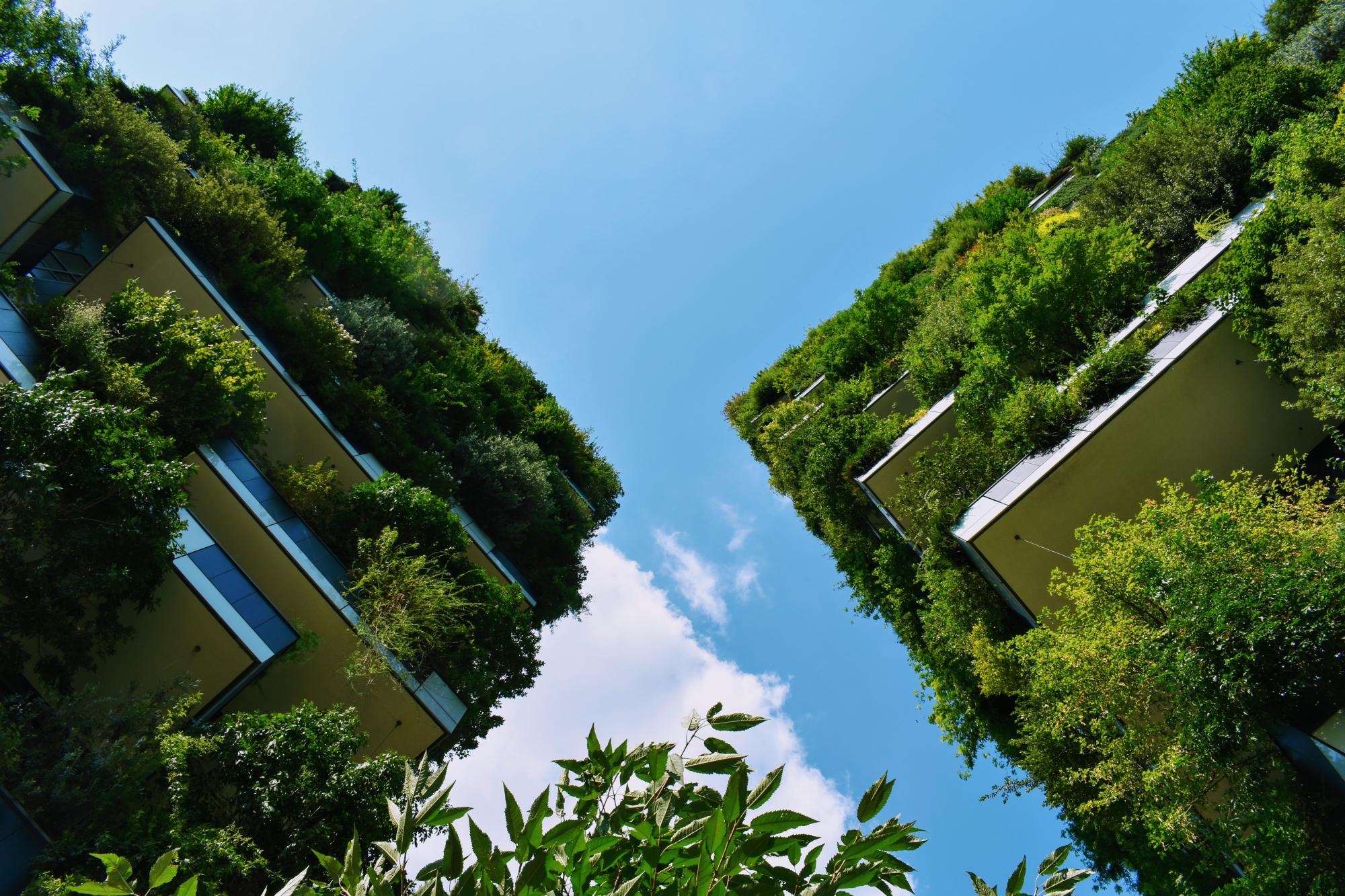The International Cultural Garden Park (IC Park) is a comprehensive, private-sector-led, green development project in Yarmag, Ulaanbaatar, Mongolia. Initiated in 2021 by the Ikh Uilsiin Ereld Group LLC on its own property land as part of its social responsibility, the planned area covers a 35 hectares (86 acres) site. First, an international design competition was announced to plan the project. As a result of this competition, a contemporary park concept was developed for Ulaanbaatar's New Center to convey an international concept, with designs of significant cultural and historical elements from over ten different nations. The IC Park will also serve as a venue for a variety of international events, including conferences, sporting competitions, cultural festivals, and more. Green technology is being used with particular attention throughout the park's construction, and more than 90 species of trees and about 50 species of natural perennials growing in Mongolia are planned to be planted with the cooperation of professional tree planting and gardening organizations, specialists, researchers, and scientists. As of today, more than 7,000 trees have been planted in the project area, and professional personnel are diligently working on their care and pruning. The project is expected to reduce the negative consequences of global warming, create a greener environment, and secure long-term employment. (Ref. 1, 2, 4, 7)
Overview
Nature-based solution
- Blue infrastructure
- Lakes/ponds
- Community gardens and allotments
- Horticulture
- Grey infrastructure featuring greens
- Green playgrounds and school grounds
- Parks and urban forests
- Large urban parks or forests
- Botanical gardens
Key challenges
- Climate action for adaptation, resilience and mitigation (SDG 13)
- Climate change mitigation
- Environmental quality
- Air quality improvement
- Green space, habitats and biodiversity (SDG 15)
- Habitat and biodiversity conservation
- Green space creation and/or management
- Regeneration, land-use and urban development
- Promote natural styles of landscape design for urban development
- Water management (SDG 6)
- Improvements to water quality
- Cultural heritage and cultural diversity
- Promotion of cultural diversity
- Health and well-being (SDG 3)
- Enabling opportunities for physical activity
- Creation of opportunities for recreation
- Inclusive and effective governance (SDG 16)
- Effective management
- Social justice, cohesion and equity (SDG 10)
- Social cohesion
- Social interaction
- Environmental education
- Economic development and employment (SDG 8)
- Tourism support
- Employment/job creation
Focus
Project objectives
Implementation activities
Climate-focused activities
Climate change mitigation:
- Implement sustainable forest management measures to increase carbon sinks/ improve carbon storage
- Implement solutions to help reducing energy consumption or support the use of sustainable energy resources
- Raise public awareness of behaviours, lifestyle and cultural changes with mitigation potential
Biodiversity conservation or restoration-focused activities
Biodiversity conservation:
- Protect and enhance urban habitats
- Preserve and strengthen existing habitats and ecosystems
- Reduce negative impacts and avoid the alteration/damage of ecosystem
- Means for conservation governance
- Raise public awareness
- Public engagement
- Create and use scientific knowledge for conservation
Main beneficiaries
- Local government/Municipality
- Public sector institution (e.g. school or hospital)
- Private sector/Corporate/Company
- Researchers/University
- Citizens or community groups
- Young people and children
Governance
Management set-up
- Led by non-government actors
Type of initiating organisation
- Private sector/corporate actor/company
Participatory approaches/ community involvement
- Dissemination of information and education
- Consultation (e.g. workshop, surveys, community meetings, town halls)
- Joint implementation (e.g. tree planting)
Details on the roles of the organisations involved in the project
Project implemented in response to ...
Financing
Total cost
Source(s) of funding
- Corporate investment
Type of funding
- Direct funding (grants, subsidies, or self-financed projects by private entities)
Non-financial contribution
- Provision of land
- Provision of other services
- Citizens (e.g. volunteering)
- Private sector (businesses, financial institution)
Impacts and Monitoring
Environmental impacts
- Climate change
- Reduced emissions
- Environmental quality
- Improved air quality
- Water management and blue areas
- Improved water quality
- Green space and habitat
- Increased green space area
Economic impacts
- Increase of green jobs (e.g. paid employment positions)
- More sustainable tourism
- Attraction of business and investment
Socio-cultural impacts
- Social justice and cohesion
- Improved social cohesion
- Improved liveability
- Improved access to urban green space
- Increased opportunities for social interaction
- Increased involvement of locals in the management of green spaces
- Health and wellbeing
- Gain in activities for recreation and exercise
- Cultural heritage and sense of place
- Promotion of cultural diversity
- Improvement in people’s connection to nature
- Increased sense of place identity, memory and belonging
- Increased awareness of flora and fauna as culturally and historically meaningful
- Education
- Increased support for education and scientific research
- Increased knowledge of locals about local nature
Type of reported impacts
Presence of formal monitoring system
Presence of indicators used in reporting
Presence of monitoring/ evaluation reports
Availability of a web-based monitoring tool
References
2. IC park official FB page, available at Source link (Accessed 18-01-2023)
3. Source link news (2022-05-16), "The International Cultural Park was inaugurated", available at Source link (Accessed 18-01-2023)
4. Bustler announcement (2021), "International Cultural Park in Ulaanbaatar, Mongolia", available at Source link (Accessed 18-01-2023)
5. Ikh Uilsiin Ereld Ltd website news (2022-08-20), "More than 7,000 trees are planted and cared for in IC Park", available at Source link (Accessed 28-01-2023)
6. Ikh Uilsiin Ereld Ltd (2021-09-28), "IC PARK competition was successfully organized" (Video), Youtube. available at Source link (Accessed 04-02-2023)
7. Ikh Uilsiin Ereld Ltd (2022-05-23), "Report on the opening of the IC PARK International Cultural Park project" (Video), Youtube. available at Source link (Accessed 04-02-2023)
8. Information provided by the park management, 2023-02-07





